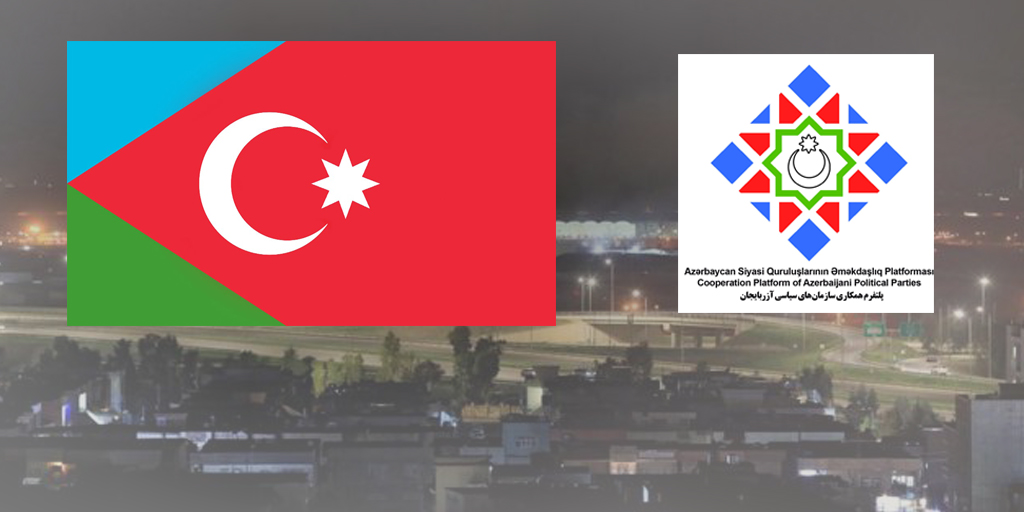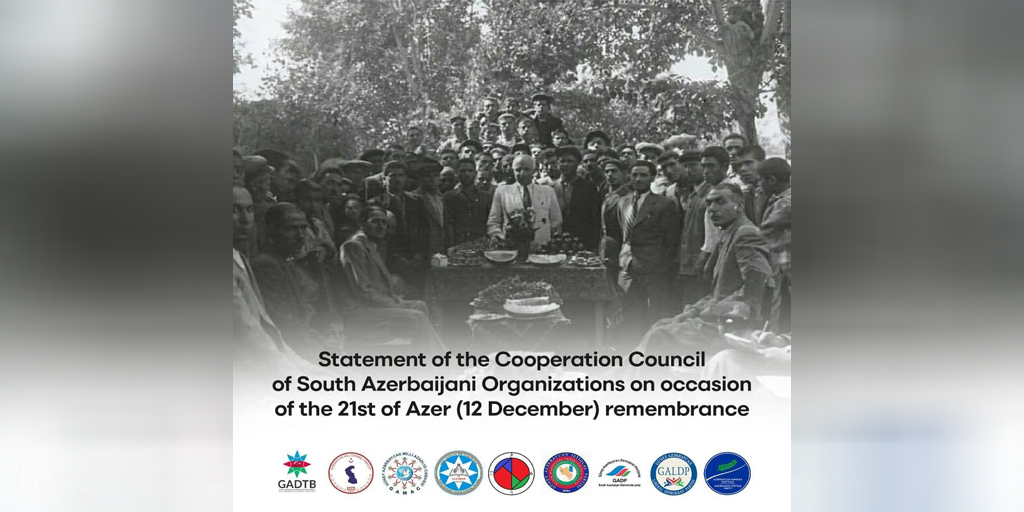How Iran is trying to win back the youth(video clip)

Araz News:The Iranian rapper Amir Tataloo released a new music video the day before the Iran deal was finalized on 14 July. It was called Nuclear Energy and took the Iranian web sphere by storm. The clip features members of the Islamic republic navy on a warship singing “This is our absolute right, to have an armed Persian Gulf”,Theguardian wrote.
The video, with clear support from the regime and its military apparatus, has shocked many Iranians, given that officials have snubbed rappers as “westernised” thugs at best, and fomenters of evil, at worst. Tataloo, a 32-year-old rapper with millions of followers on social media, had to produce his music underground until just a year ago. He was arrested in December 2013 for his alleged cooperation with foreign satellite stations. The military’s participation in a music video with an underground artist who flaunts his tattoos, long-hair, and piercings, appears to be a conundrum. But it’s not. It reinforces a strategy that the regime’s cultural producers have been advancing for the past decade. The Islamic republic’s cultural elite believe that it is of the utmost importance to garner the support of Iran’s youthful population, support they fear has been shaky since the street protests of the disputed 2009 presidential election.
Tataloo’s video is only the latest example of the ways in which the regime’s cultural centres have funded, supported, and promoted nationalism in lieu of Islamism to attract the youth, often appropriating banned popular culture in the process.
With the US invasions of Afghanistan in 2001 and of Iraq in 2003, Iran found itself surrounded by military forces and categorised by president George W Bush as part of an “axis of evil”. Unsure of the Bush administration’s next move after the fall of Baghdad, and the meddling of American and Israeli intelligence services fomenting unrest among its ethnic minorities, the Islamic establishment knew it had to shore up public support.
Some in Iran’s pro-regime cultural centres felt they had a problem though: very few young people were interested in state-sponsored media. Media makers had spent the past 20 years creating films, television series, and books about the “Sacred Defence”, the 1980-88 Iran-Iraq war. But, from the 1990s onwards, ticket and book sales were dipping, according to their own accounts.
For the most part, large numbers of young Iranians were not responding to films and books about the war and the past of the Islamic republic as “sacred”. If the United States were to attack Iran, some pro-regime filmmakers pondered, would young Iranians rise up to defend their nation? Fearing that the answer would be no, they took it upon themselves to tweak their historical narrative as one less reliant on religion and more rooted in nationalism.
“Frankly, we turned young people off with the propaganda we produced in the 1980s and 1990s,” one prominent pro-regime film producer, who served all eight years of the war at the front as a volunteer soldier and was later a high-ranking officer in the Revolutionary Guard, told me. “We have to learn to speak the language of youth and use their codes if we want them to like our work. In short, we have to entertain them.”
Observing an increasing trend in displays of nationalism in the general population, the regime’s cultural producers and the political elite sensed an opportunity. Noting a spike in pre-Islamic Persian names for babies and the ever-present farvahar pendant, the pre-Islamic Zoroastrian symbol, they turned to nationalism to connect with people. As international pressures against the country increased, including stifling sanctions and an intensified proxy war with Saudi Arabia, the sense of nationalism continued to rise in Iran. State media-makers began to highlight this sentiment in all their cultural productions, from museums to films and books – and now music.
A prominent example is the newly built multi-million dollar Museum of the Sacred Defence in northern Tehran, funded by the office of Mohammad Bagher Ghalibaf, the city’s mayor and a former commander of the Revolutionary Guard, which opened in late 2012. It presents a different narrative of the Iran-Iraq war from the older, more traditional martyrs’ museums that dot every city and town in the country. The latter memorialise the war in purely religious terms, celebrating martyrs who died for “Imam Khomeini and Islam”, while the former takes great pains to frame it in national terms.
One of the main exhibits in the new museum displays large maps that demonstrate the expanse of the Persian empire ruling swaths of Asia over 3,000 years ago. It juxtaposes it against shrinking Iranian territory throughout the centuries. Iran’s size today is minuscule in comparison to the glorified empire painted on the wall. The message of the museum: past kingdoms gave away territory, thinking more about stuffing their own pockets than the well-being of the nation…until the Islamic republic came about and defended Iran’s borders, and by extension, its dignity as an ancient civilisation.
This museum, in line with the new strategy pursued by these cultural producers, moves away from celebrating martyrs to offering a narrative heavy on nationalism, dignity, and pride. “This youngest generation doesn’t understand our religious language,” a key filmmaker said at one meeting of pro-regime cultural producers where I was present. “We have to reframe our heroes for them – give them heroes they can relate to.”
In this light, large amounts of state funds and funding from the Revolutionary Guards have gone to make films with “relatable” heroes who defended Iran as much as they professed an allegiance to the revolution. Most notable among them has been Ebrahim Hatamikia’s Che (2014), a film about Mostafa Chamran, the first defence minister after the revolution. The film casts Chamran not so much as a defender of Islam but as a man who fought to defend the oppressed, in essence as the Iranian Che Guevara young Iranians could admire.
Seeking larger audiences, filmmakers such as Masoud Dehnamaki, former leader of the militant conservative group Ansar-e Hezbollah, appropriates youth pop culture. In his trilogy, The Outcasts, Dehnamaki borrows liberally from banned Iranian pop music in depicting a group of social outcasts – drug addicts, thieves and general thugs – who are “redeemed” and turned into ideal citizens with the help of kind supporters of the regime.
Following the box office successes of Dehnamaki’s films, another prominent regime film producer began to seek out underground rock musicians to score music for new war films. “I don’t care that they’re banned and that some of our politicians think that they’re bad people,” he told me. “This is what young people listen to and we need to embrace that and have them work for us.”
Whether such efforts work or not is hard to assess. It is noteworthy, however, that a public funeral held last month for the recently discovered bodies of 175 military divers from the Iran-Iraq war drew unprecedented crowds of all social and political stripes, including those who would not usually attend state-sponsored events. They were celebrated as national heroes who defended Iran’s sovereignty.
“The divers were the bravest of us. They gave their lives for the independence of our country and the success of our revolution,” Mohsen Rezaei, who led the Revolutionary Guards in the war, said in an address at the ceremony. Tataloo’s music video unfolds within this context and uses familiar tropes seen throughout the past decade. The ultimate goal of all state-sponsored cultural work, and the vast funding required to produce it, is to keep the revolution alive.




















